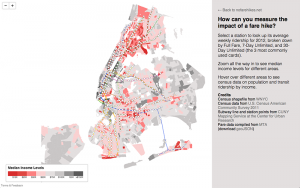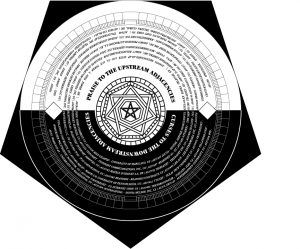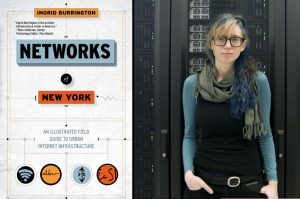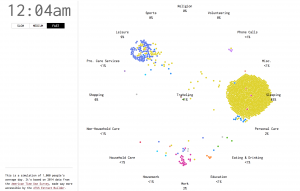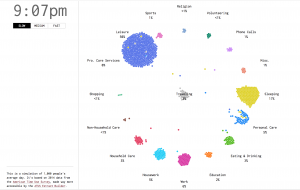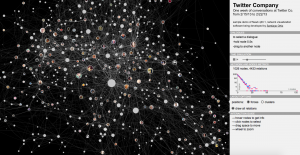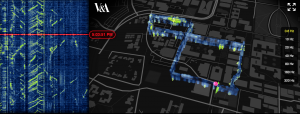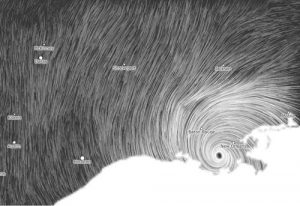Project: Ross Spiral Curriculum
By: Moebio Labs

When I first saw this diagram/informational system I did not understand whatsoever what it stood for. However, the moment I saw it, the form and colors just caught my eye. This beautiful diagram demonstrates basically a curriculum that weaves different subjects and assignments into a spiral that is organized from K to 12th grade. I suppose that the creator of this diagram put classes into a certain category, then organized them into specific age levels, then put them into a spiral.
Seeing that this was put into a 3D diagram made it far more impressive as it became an interactive map, rather than simply a diagram.
![[OLD FALL 2017] 15-104 • Introduction to Computing for Creative Practice](../../wp-content/uploads/2020/08/stop-banner.png)
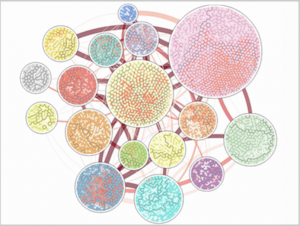
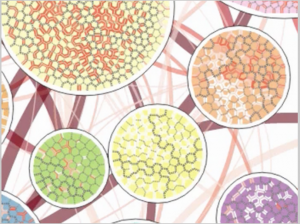 (Above are pictures of the Vorograph of Cody Dunne, Michael Muller, Nicola Perra, Mauro Martino, 2015)
(Above are pictures of the Vorograph of Cody Dunne, Michael Muller, Nicola Perra, Mauro Martino, 2015)